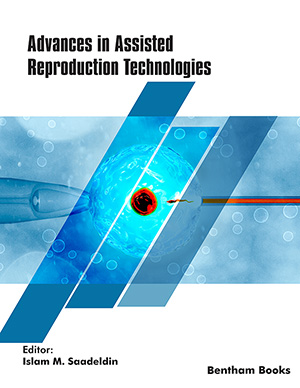Abstract
Background: Drought stress limits the growth of plants and even impairs their physiological functions. Under water stress, Zoysia tenuifolia has limited biomass, plant height, and leaf length, as well as decreased protective enzyme activity, while it induces the accumulation of large amounts of osmotic regulators. If a plant is in a severely water-deprived environment, its growth is clearly inhibited, and it may even die.
Objective: The purpose of this study was to evaluate the effect of a biostimulant, a willow extract isolated from the bark of S.babylonica, on the drought stress of Z. tenuifolia.
Methods: First, the change in the content of salicylic acid was evaluated through the oxidation process by potassium permanganate after acid hydrolysis of the willow extract. Second, through leaf spraying with Z. tenuifolia, the improvement effect on drought stress according to a reasonable concentration of willow extract was observed.
Results: In this paper, it was found that oxidation of potassium permanganate after acid hydrolysis of willow extract significantly increased the content of salicylic acid, a plant growth regulator, and that leaf spray remarkably improved the physiological index of Z. tenuifolia under drought stress conditions.
Conclusion: This study provides important information on the identification and utilization of willow resources as a safe plant protector and growth regulator, and is the first study to report on the use of these willow extracts as a source of liquid extracts acting as biostimulants in Z. tenuifolia cultivation.
Keywords: Salicylic acid, drought stress, biostimulant, growth regulator, hydrolysis, Zoysia tenuifolia.
[http://dx.doi.org/10.1371/journal.pone.0068214] [PMID: 23844172]
[http://dx.doi.org/10.1007/s11240-010-9736-2]
[http://dx.doi.org/10.1094/PDIS-04-14-0404-PDN] [PMID: 30703946]
[http://dx.doi.org/10.3389/fpls.2018.01137] [PMID: 30123235]
[http://dx.doi.org/10.1104/pp.19.00130] [PMID: 31036755]
[http://dx.doi.org/10.1007/s10646-009-0312-7] [PMID: 19381803]
[PMID: 23610956]
[http://dx.doi.org/10.1007/s004250050547]
[http://dx.doi.org/10.3390/ijms19071883] [PMID: 29949940]
[http://dx.doi.org/10.1080/17429145.2017.1291859]
[http://dx.doi.org/10.5423/PPJ.RW.12.2019.0295] [PMID: 32089657]
[http://dx.doi.org/10.3390/plants10071449] [PMID: 34371652]
[http://dx.doi.org/10.1016/j.scienta.2019.109108]
[http://dx.doi.org/10.3389/fpls.2015.00462] [PMID: 26175738]
[http://dx.doi.org/10.1007/s40626-021-00230-0]
[http://dx.doi.org/10.1016/j.fitote.2017.03.005] [PMID: 28315389]
[http://dx.doi.org/10.1002/jssc.200700137] [PMID: 17880029]
[http://dx.doi.org/10.1002/pca.873] [PMID: 16315493]
[http://dx.doi.org/10.1002/tax.591004]
[PMID: 15517622]
[http://dx.doi.org/10.1155/2014/386953] [PMID: 25013777]
[http://dx.doi.org/10.1088/1742-6596/1003/1/012001]
[http://dx.doi.org/10.1021/jf100887v] [PMID: 20593762]
[http://dx.doi.org/10.5487/TR.2007.23.1.025]
[http://dx.doi.org/10.1016/j.pbi.2019.02.004] [PMID: 30901692]
[http://dx.doi.org/10.9755/ejfa.2016-10-1515]
[http://dx.doi.org/10.1016/j.fitote.2015.08.013] [PMID: 26344424]
[http://dx.doi.org/10.1134/S1021443707040188]
[http://dx.doi.org/10.17660/ActaHortic.2016.1130.58]
[http://dx.doi.org/10.1016/j.micres.2018.04.008] [PMID: 29853166]
[http://dx.doi.org/10.1038/s41598-019-49234-6] [PMID: 31511554]
[http://dx.doi.org/10.1134/S0036024411130346]
[http://dx.doi.org/10.1067/mcp.2003.32] [PMID: 12621392]



























